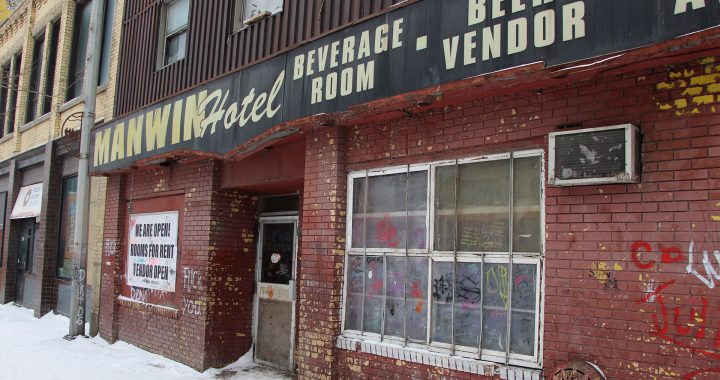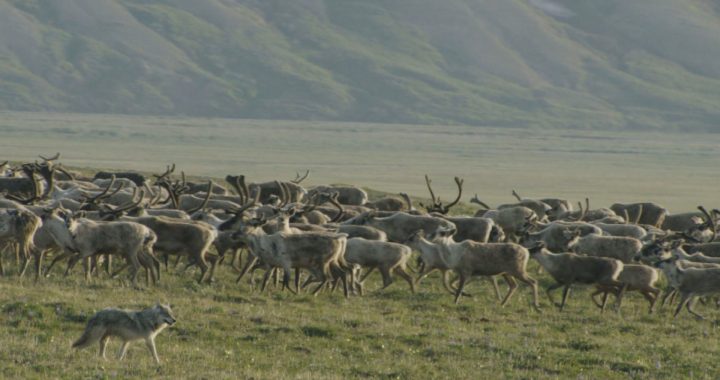APTN News
First Nations policing in Ontario is one step closer to being considered an essential service after the Safer Ontario Act was passed on Thursday.
Bill-175 states First Nations can apply to be a designated police board responsible for policing in an area under the Police Services Act.
This means First Nations police services could be protected under the same legislated policing standards as municipal and provincial police services.
Nishnawbe Aski Nation (NAN) called the passing of the bill a historic day and a result of years of negotiating the legislative framework that could mandate the Nishnawbe Aski Police Service (NAPS) – the country’s largest First Nations police force.
“This legislation will ensure that NAN First Nations will have access to the same level of policing as the rest of Ontario,” said Grand Chief Alvin Fiddler in a news release.
NAN has been in a tripartite agreement with the province and Canada since 1994 when NAPS was created.
Since then, First Nations leaders in northern Ontario have been calling for equitable policing for its communities.
“It’s a huge development, after all the time, Ipperwash, everything else. This is very big,” said Julian Falconer, legal counsel for NAN, referring to the 1995 Ipperwash Crisis in which Stony Point First Nation occupied land the federal government had appropriated for military use.
“There’s actual protections in the act to retain the Indigenous identity and become a legislated police service just like any other police service in the province,” Falconer said.
However, the challenges of First Nations policing hasn’t been so much the cultural aspects but the chronic resource and funding inadequacies that leave officers and communities feeling unsafe.
In 2016, all but one of the 135 officers with NAPS voted in favor of strike action. They were frustrated and fed up with low pay and poor working conditions that did not meet standards because there were none.
Under the First Nations Policing Program, some detachments have operated with no running water or heat and officers are required to work, often times alone, with no immediate back up in the 35 First Nations communities served by NAPS.
The chronic inadequacies have been documented in various reports and recommendations from public inquests like the one for Lena Anderson, a young mother from Kasabonika First Nation who died by suicide when she was detained and left alone in the back of a police truck in 2013.
In April 2017, the province offered First Nations policing full wage parity with provincial police.
The Safer Ontario Act was tabled in the legislature in November 2017.
“Safety backed by the rule of law will ensure that policing by our officers will be equitable to other police services in this province. This will go a long way to improving the health and safety of our communities,” said NAPS board chairman Mike Metatawabin.











Does this mean, we will have officers on duty, 24 hrs.
Does this mean, we will have officers on duty, 24 hrs.